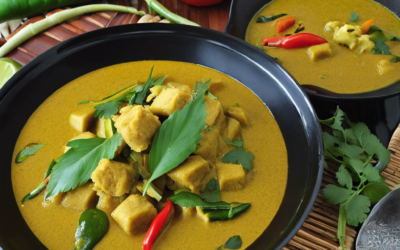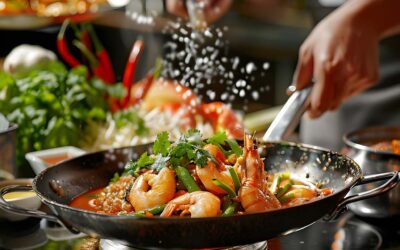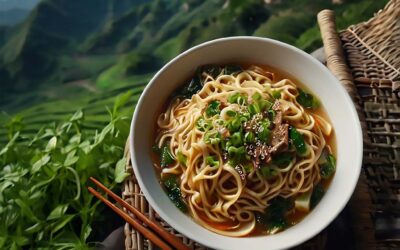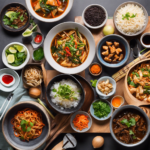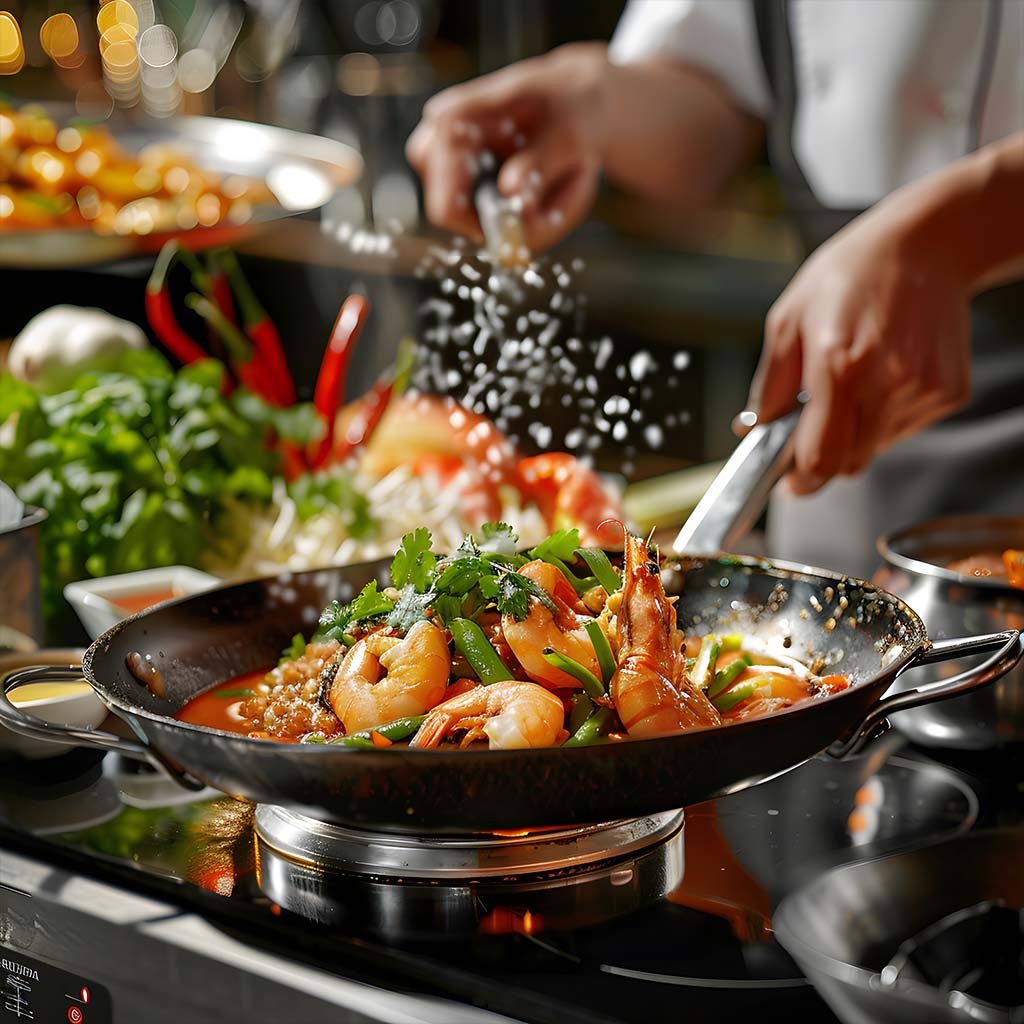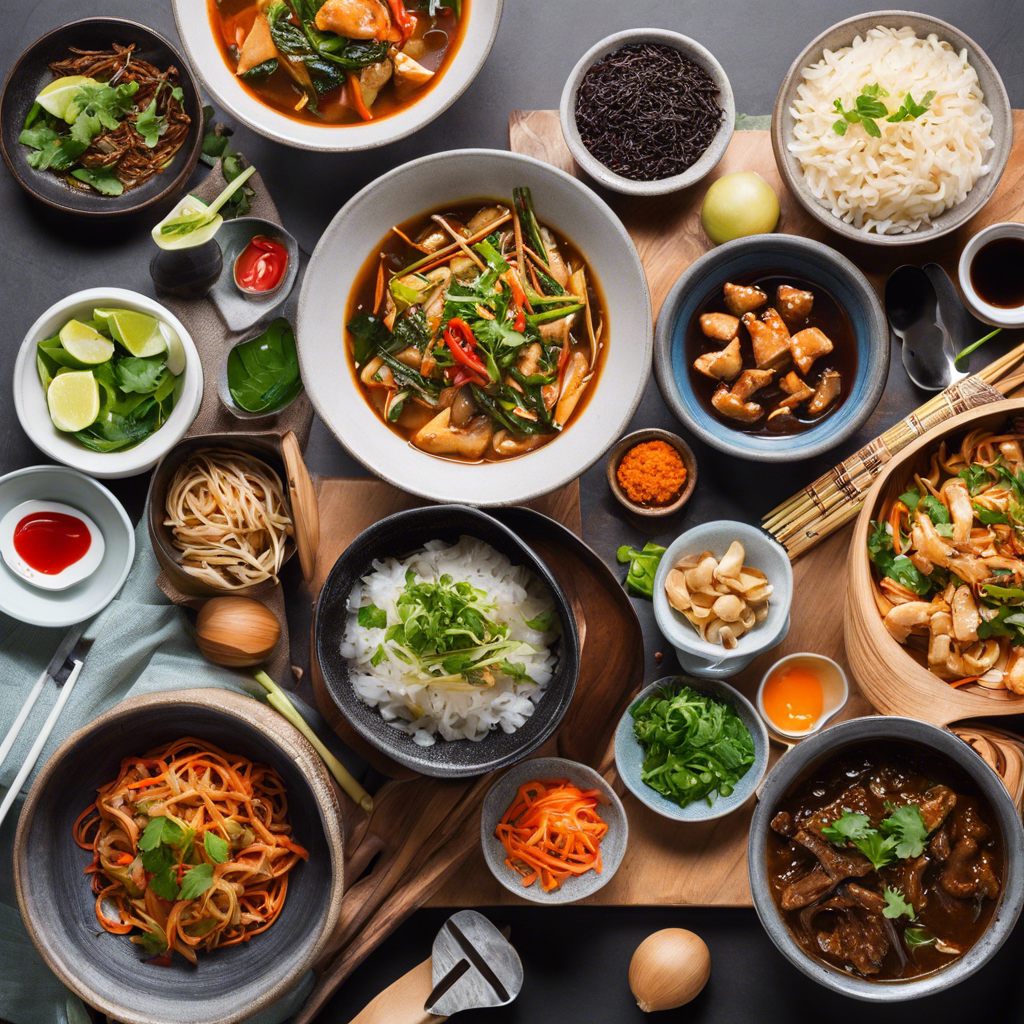Asian cuisine is renowned for its complex and nuanced flavors, which can be broadly categorized into five fundamental tastes: sweet, sour, salty, bitter, and umami. Mastering the art of balancing these flavors is key to creating delicious and harmonious dishes that tantalize the taste buds and leave a lasting impression.
Sweet flavors are abundant in Asian cuisine, often derived from natural sources such as palm sugar, honey, and fruit. The sweetness of a ripe mango or the subtle hint of coconut sugar in a Thai curry adds depth and richness to the dish. Sour notes are equally important, providing a bright, tangy contrast. From the citrusy punch of lime juice to the tangy fermented flavors of Korean kimchi, sour elements awaken the palate and enhance the overall flavor profile.
Salt is ubiquitous in all cuisines and plays a crucial role in enhancing the flavors of a dish. In Asian cooking, soy sauce, fish sauce, and salted fermented beans are common ingredients that contribute salty flavors. Used in moderation, salt can accentuate the natural sweetness of ingredients or temper the heat of spicy dishes.
The bitter taste is often underappreciated, but it adds complexity and depth to a dish. Bitter melon, a vegetable commonly used in Chinese and Southeast Asian cuisine, has a sharp, pungent flavor that can be tempered by combining it with savory or sweet ingredients. Bitter notes can also be found in the form of matcha, used in Japanese tea ceremonies, and in the subtle bitterness of coffee and dark chocolate, which have become popular flavor profiles in modern Asian fusion desserts.
Umami, often described as savory or meaty, is a unique flavor that rounds out the quintet of tastes. Naturally occurring in ingredients such as seaweed, fermented soy beans, and fish sauce, umami adds depth and a satisfying, lingering taste. The careful combination of umami-rich ingredients creates a harmonious and intensely flavorful dining experience.
The beauty of Asian cuisine lies in the delicate balance and interplay of these five flavors. A well-crafted dish might seamlessly blend sweetness from caramelized onions, sourness from tamarind, saltiness from soy sauce, bitterness from leafy greens, and umami from mushrooms or dried shrimp. By understanding and skillfully manipulating these flavors, chefs can create culinary masterpieces that excite and satisfy diners’ palates.
Chefs and home cooks alike can benefit from understanding the flavor wheel, a visual representation of how these five basic tastes relate to one another. The wheel illustrates how flavors can be combined to create new sensations and how certain flavors can be used to temper or enhance others. For example, a touch of sweetness can soften the sharpness of sour flavors, while bitterness can add intrigue to an otherwise simple sweet dish.
Beyond the flavor wheel, texture plays a crucial role in the overall dining experience. The crispy, crunchy texture of deep-fried spring rolls or the silky smoothness of a well-prepared tofu dish adds another dimension to the flavors on the plate. Combining crispy, soft, chewy, and tender textures in a single meal creates a sensory journey that delights diners.
The art of mastering these five flavors involves not only balancing them within a dish but also across an entire meal. A thoughtfully crafted menu might feature a progression of flavors, taking diners on a journey from light and refreshing starters to hearty, robust mains, and finishing with a sweet or bittersweet dessert.
Regional variations in Asian cuisine also showcase the diversity of flavor profiles. The complex spicing of Indian curries, the subtle elegance of Japanese kaiseki, the fiery heat of Thai cuisine, and the nuanced flavors of Chinese regional cooking all demonstrate the breadth and depth of Asian culinary traditions.
Moreover, the cultural and historical significance of these flavors cannot be overlooked. Fermentation, for example, is an ancient preservation technique that has resulted in an array of sour and umami flavors in Asian cuisine, from Korean kimchi to Japanese miso paste. Understanding the cultural context behind these flavors adds a deeper layer of appreciation to the dining experience.
In contemporary Asian fusion cooking, chefs continue to innovate by combining traditional ingredients in new ways, pushing the boundaries of flavor and texture. By embracing modern techniques and global influences, they create dishes that both honor tradition and excite diners with unexpected flavor combinations.
For home cooks eager to explore the flavors of Asia, the key lies in experimenting with ingredients and finding balance. Start by familiarizing yourself with the basic flavor profiles of each cuisine and the essential ingredients used to create them. Stock your pantry with staples such as soy sauce, rice vinegar, chili paste, and toasted sesame oil, and don’t be afraid to experiment with different combinations.
Lastly, the presentation of a dish is an integral part of the overall dining experience in Asian cuisine. Care is taken not only to balance flavors but also to arrange the elements on the plate in an aesthetically pleasing manner. The use of colorful ingredients, garnishes, and sauces transforms the dish into a work of art that delights both the palate and the eyes.
In conclusion, mastering the five flavors of Asian cuisine – sweet, sour, salty, bitter, and umami – is a culinary art form that requires knowledge, skill, and a deep understanding of the region’s cultural heritage. By embracing the complexity of these flavors and the interplay between them, chefs and home cooks alike can create dishes that capture the essence of Asia and leave a lasting impression on those who partake in this flavorful journey. Bon appétit!

